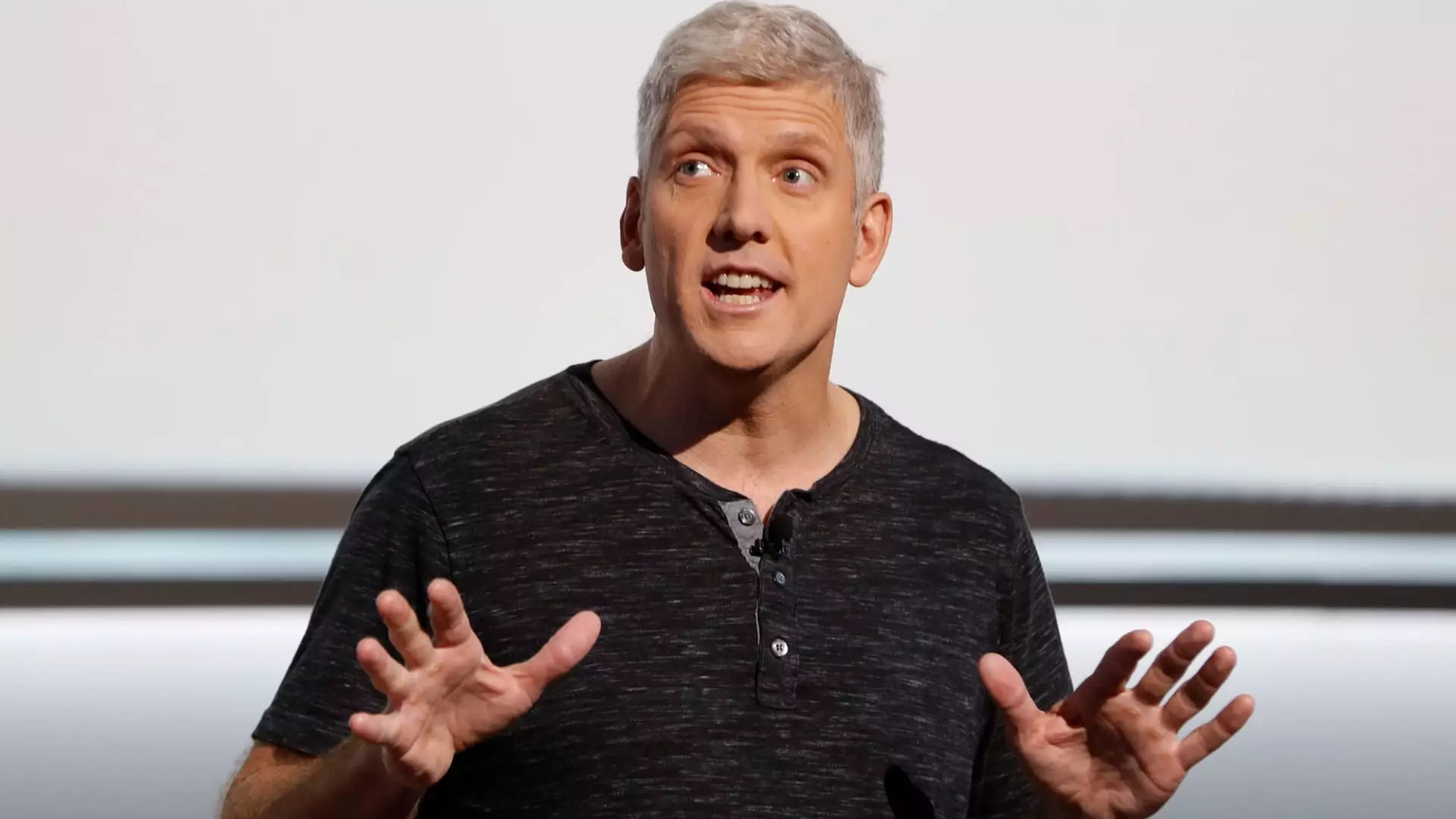In a notable pivot fueled by the urgency of evolving market conditions, Google has initiated a voluntary buyout program for employees within its Platforms and Devices unit. This decision reflects a broader intention to streamline operations and optimize efficiency amid a volatile tech landscape, especially as the company intensifies its focus on artificial intelligence and advanced technologies.
Google’s Platforms and Devices unit encompasses a vast array of products and services, including Android, Chrome, Google Photos, Pixel smartphones, and smart home devices under Fitbit and Nest. Spanning over 25,000 full-time employees, the unit plays a significant role within Google’s portfolio, contributing to a substantial revenue stream of $10.66 billion in the third quarter of the last fiscal year—a commendable rise of 28% from the previous year. Yet, despite this growth, the looming specter of reorganization highlights the complex interplay between maintaining current momentum and addressing operational inefficiencies.
Senior Vice President Rick Osterloh’s memorandum to employees sheds light on the rationale behind the buyout offer. While the initiative appears to be a strategic response to internal demands for maintaining employee satisfaction and addressing workload challenges, it also signals a prelude to more forceful actions, as the tech giant braces itself for further restructuring. The inclusion of a voluntary exit program suggests a focused attempt to avoid the more severe fallout that typically accompanies immediate layoffs, thus safeguarding employee morale during a turbulent transition period.
The voluntary buyout program is specifically available to full-time employees in the U.S. It aims to provide an advantageous option for those whose aspirations may have diverged from the core mission of the unit or who are grappling with the demands of a hybrid work environment. Employees have been given until February 20 to express interest, with approvals communicated by March 25. This orientation towards optional exits portrays a nuanced approach to workforce management that prioritizes employee choice over abrupt displacement.
What’s noteworthy is that the program’s voluntary nature is being received favorably by some within the organization. Positive responses from employees indicate a perceived acknowledgment of their needs, with many expressing gratitude that Google is seeking input before conducting more drastic layoffs—a measure that has become all too prevalent in the tech industry in recent years.
The Broader Implications: Cost-Cutting and AI Investment
Google’s buyout initiative unfolds alongside its ambitious push towards ramping up investments in artificial intelligence. Recently appointed CFO Anat Ashkenazi has vowed to spearhead cost-cutting measures that will pave the way for deeper investments in AI infrastructure, with a target horizon extending into 2025. The persistent refrain from Google’s leadership about looking for “additional opportunities” to trim expenses resonates with the company’s long-term strategy to remain agile and competitive in an increasingly technology-driven world.
This calculated thrust towards AI is indicative of shifting priorities within Google, as the firm aligns itself more closely with future-facing technologies. For example, the strategic acquisition of engineering talent from HTC Vive suggests a targeted effort to enhance its Android XR platform, signaling a commitment to innovation within the augmented and virtual reality sectors.
Despite this optimistic pivot toward AI, Google, like many tech firms, grapples with external challenges that may threaten profitability and sustainability. Rising hardware costs, chiefly due to anticipated tariffs under President Donald Trump’s administration, loom large over operational predictions. This regulatory uncertainty adds a layer of caution to strategic planning, urging companies like Google to bolster their resilience against market fluctuations.
As the firm navigates these multifaceted hurdles, the voluntary exit plan serves a dual purpose: it seeks to optimize internal capabilities while simultaneously preparing for an unpredictable external environment. Employee sentiments reflect a mix of apprehension and adaptability, underscoring the importance of transparent communication during such significant organizational transitions.
Google’s introduction of voluntary buyouts in the Platforms and Devices unit is a decisive move that encapsulates the challenges and opportunities of a rapidly evolving tech ecosystem. As the company embraces a reassessment of its workforce dynamics while investing heavily in future technologies, it must balance the needs of its employees with the overarching imperatives of business strategy. Google stands at a pivotal juncture, tasked with harmonizing its ambitions with the evolving realities of the tech landscape. By doing so, it may not only weather the immediate storms but also emerge stronger and better equipped for the digital future.

